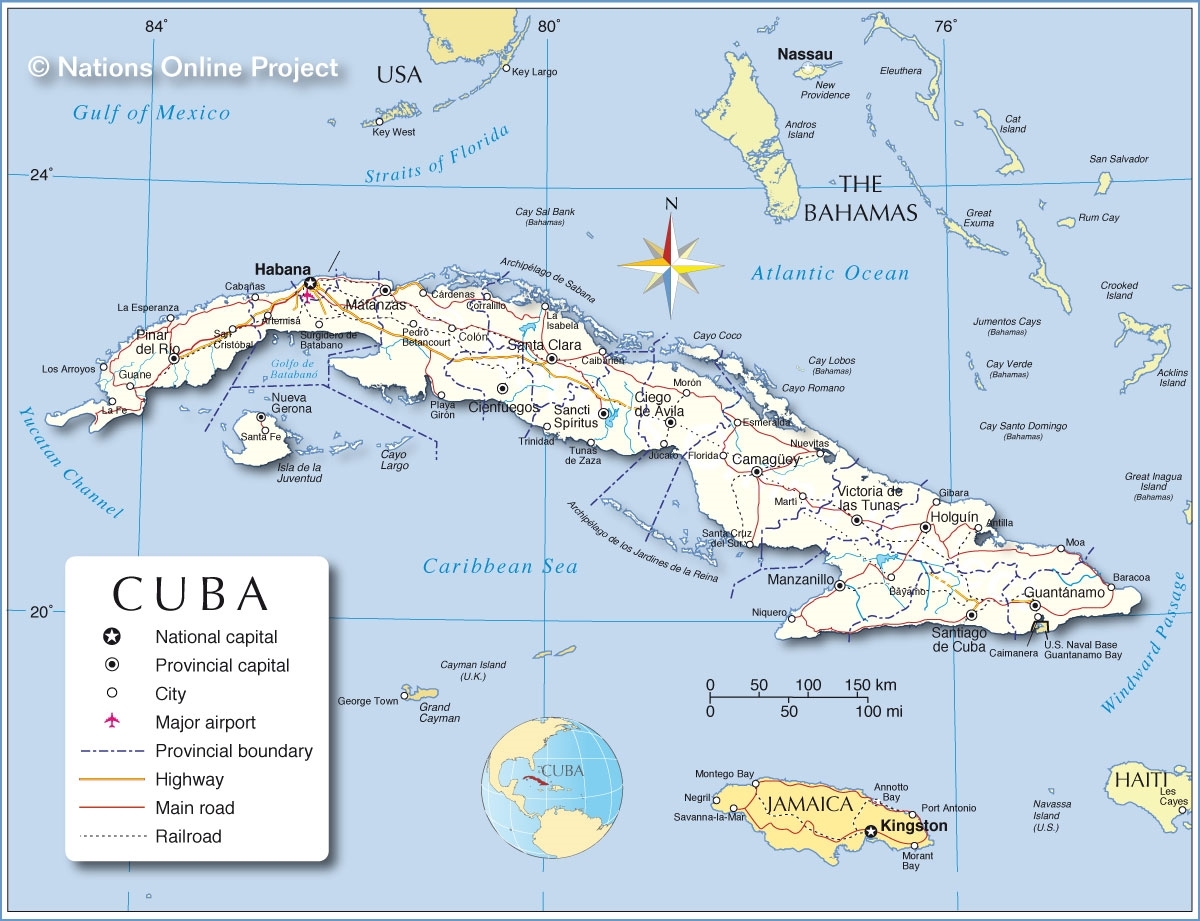U.S. Visitor Arrivals To Cuba Decrease During First Half Of 2018
/Thomson Reuters
London, United Kingdom
17 July 2018
Three different sources with access to Cuban tourism industry data said 68,000 Americans, not including Americans of Cuban origin on family visits, travelled to the island in June, a 5 percent increase from a year ago.
Even with that revival, the number of U.S. visitors to Cuba for the first half overall - not including Cuban-Americans - slumped 24 percent to 266,000, the sources said.
In the period January through June, some 50 percent of those U.S. visitors arrived on cruise ships, compared with 25 percent a year earlier, as operators such as Norwegian Cruise Line Holdings Ltd, Carnival Corporation and Royal Caribbean Cruises Ltd added more stops on the island to their itineraries.
The drop in U.S. travel in the first half in part mirrored a broader decline in the Cuban tourism industry as it struggled to recover from last year’s devastating hurricane season in the Caribbean, the sources said.
Still there was also a notable impact from the hostile Trump administration, which has sought to reverse some of Democratic former President Barack Obama’s opening to the island and has cracked down on independent Cuban travel by Americans.
Overall tourist arrivals to Cuba were down over 5 percent in the January-June period to roughly 2.5 million. That figure included the number of visitors arriving on cruise ships during the first six months, which was 379,000, up 45 percent.
In terms of boosting the economy, cruise arrivals tend to spend little, while those vacationing on the island spend much more at hotels, bed and breakfasts and restaurants.
The drop in tourism revenue is painful for Cuba’s Communist-run government, which is struggling with declining export revenues and dwindling support from crisis-hit ally Venezuela.
Combined with production problems resulting from bad weather, cuts in energy use and other imported supplies, the tourism slump may result in gross domestic product (GDP) growth of less than the 2 percent forecast by the government, according to Cuban economists who asked to remain anonymous.
The U.S. trade embargo restricts Americans who visit the island to non-tourist activities such as cultural, religious and educational travel or family visits.
Slideshow (3 Images)
The Trump administration has made it more difficult for Americans to travel to Cuba on their own, banned them from patronizing military-owned establishments and issued a travel warning that it may be unsafe to visit there.
The overall visitor numbers also included Cuban-Americans visiting their homeland. That number increased by 21 percent during the first half of this year, to more than 250,000, compared with the same period in 2017, in part because it has become more difficult for relatives to visit the United States, the sources said.
Unexplained health incidents that sickened 26 U.S. diplomats, which the United States has sometimes referred to as attacks, led Washington to cut its Havana embassy to a skeletal staff last year, forcing Cubans to travel to third countries for U.S. visas.
Radio Cadena Agramonte
Camaguey, Cuba
31 July 2018
Havana, Cuba, Jul 31.- Although Cuba closed the first semester with 152,354 fewer international visitors than in the same period of the previous year, in June it achieved positive numbers that indicate a gradual recovery after the negative impacts caused by Hurricane Irma.
Data provided by expert José Luis Perelló show an accumulated decrease of 6.6 percent till May 31 compared to the same period in 2017, a result obtained precisely in the high season of Cuban tourism.
The information published on the website of the Excelencia magazine shows that in the first six months of this year, 2,505,874 travelers arrived on the island, and that in June the number of vacationers was similar to the amount in the same period of 2017.
According to Perelló, since the beginning of this year and during the first four months of the year there has been a drop in visitor arrivals, especially by air.
He said that the negative causes of the hurricanes that affected the Caribbean, as well as the entry into force of the restrictive measures on travel to Cuba adopted by the current United States government, had an impact on this behavior.
The specialist argued that as a result of those regulations that ban individual travel people-to-people and further restrict tourism, business was reduced for most airlines that had established direct commercial flights from the U.S.
However, there was an increase in cruise ship trips, although it affects total revenues since they don’t stay in hotels, Perelló said.
During the period, 17 cruise lines operated in the nation with 25 vessels, four of them with itineraries from the United States: Royal Caribbean, Norwegian Cruises Lines, Carnival and Pearl Seas.
Authorities from the Ministry of Tourism (Mintur) say that although the decision of many travelers has been influenced by the perception of the damage caused by Irma last September, this destination has recovered and now exhibits a renewed image in its hotel and recreation facilities, particularly in the northern keys.
Since 2012, the arrival of international vacationers to Cuba has maintained an average growth rate of 13 percent, making the leisure industry one of the main sources of income for the national economy.
Last year, the country recorded a record number of 4,689,898 foreign visitors and an increase of 16.2 percent, a remarkable result when, worldwide, the movement of tourists is around four percent.
According to MINTUR, the goal for this year is to reach five million vacationers, while the country expects to add some 4,825 rooms. (ACN)


